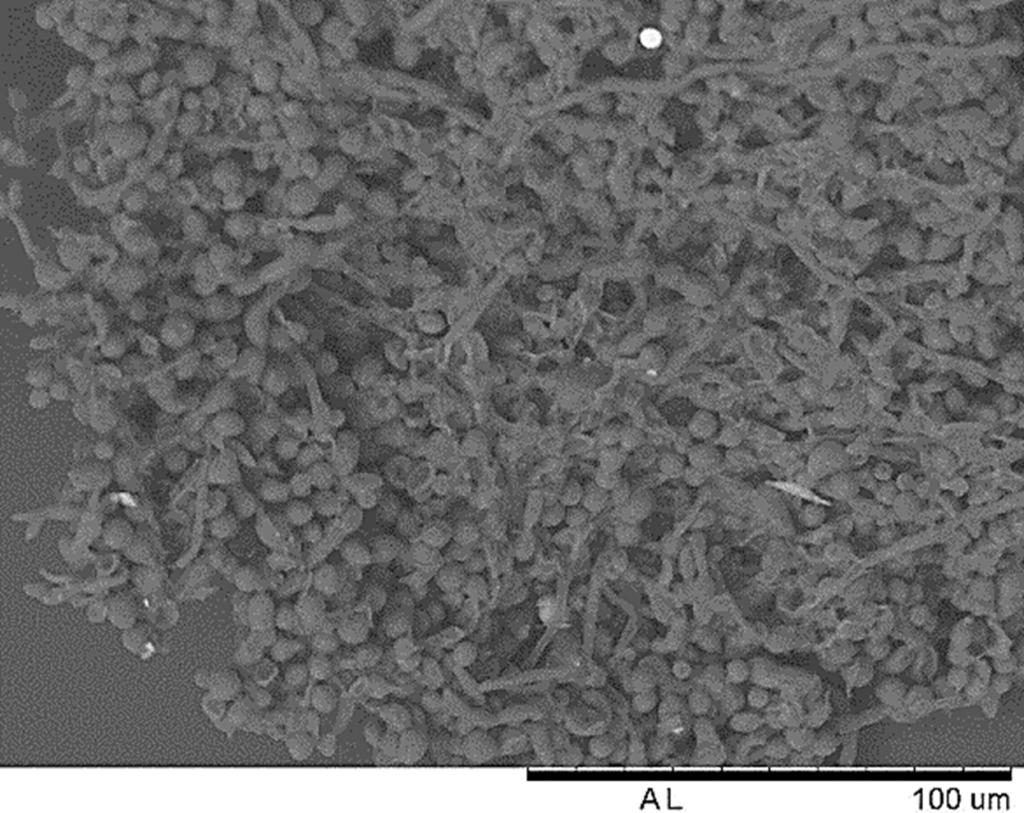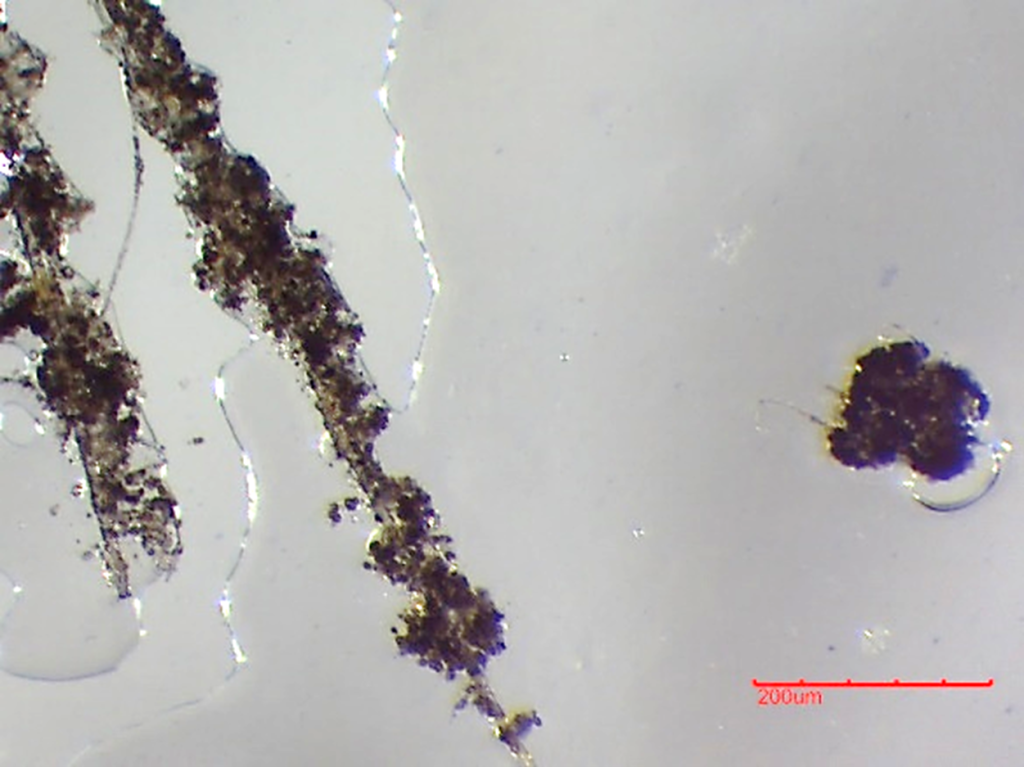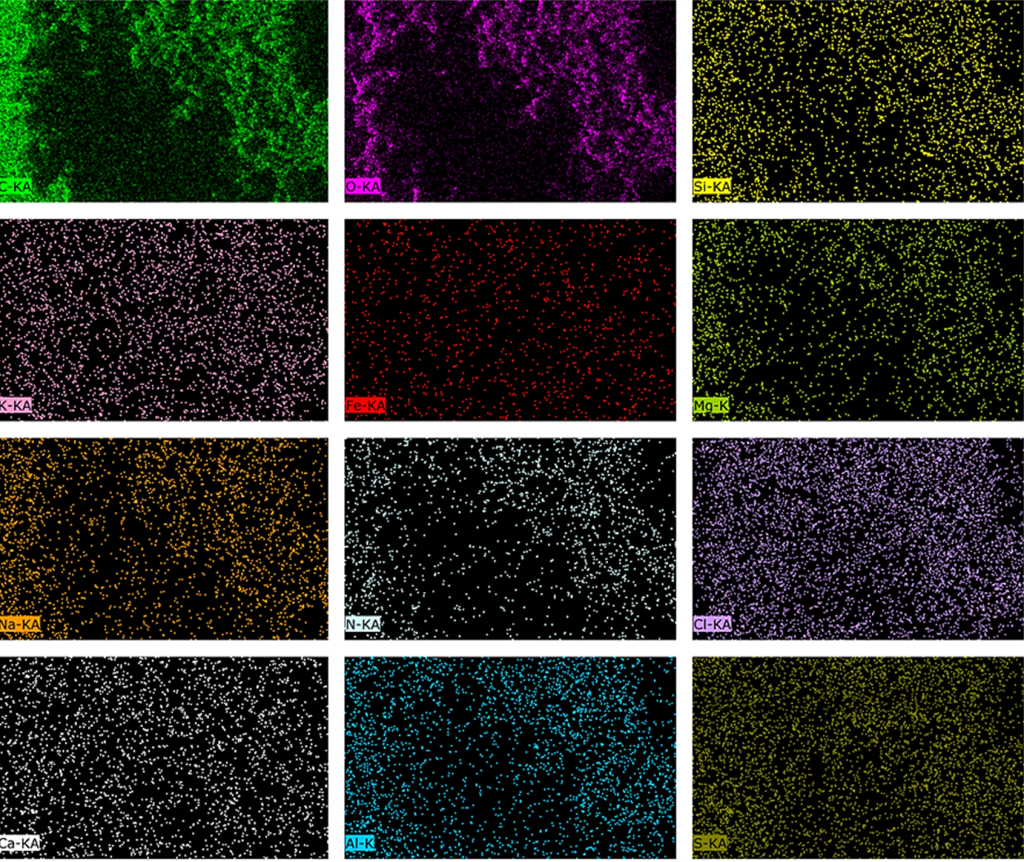Background
The client instructed DustScanAQ to carry out optical light microscopy and scanning electron microscopy on dust samples taken from a heat exchange unit from a property at Derry/Londonderry. The client was interested in the contents of the fungal material present on the grids of the unit and the overall makeup of the dust. A heat exchange unit was sent to DustScan for characterisation analysis. Samples of dust were taken from each grid side of the unit using a small brush.
Issue
The client would like to investigate if dust ingresses into the property as a result of the heat exchange unit.
Solution
Dust samples from each component were collected onto a piece of paper using a clean brush. The material was then scattered evenly onto a translucent sticky pad, mounted onto a glass microscope slide and looked at under different light conditions in the microscope. For the Scanning Electron Microscopy and Energy Dispersive X-ray Spectroscopy (SEM-EDS) results, representative fields of view were presented, along with individual false-colour element maps to display the presence, absence and colocation of certain key elements.



Outcome
The results of the analysis show that all samples contained some proportion of fungal material which is thought to have grown in situ. However, the vast majority of fungal material was observed on the panels which are in contact with warm, humid internal air being extracted from the property. The panels in contact with fresh air being introduced into the building contained minimal amounts of any materials. Therefore, it is suggested that there is minimal dust ingress into the property as a result of the heat exchange unit. The other materials present in the samples are considered to be ‘typical’ household dust components such as hair and skin fragments, as well as textile fibres from furniture and clothing. Additionally, all samples contained materials from external sources, such as mineral grains.
